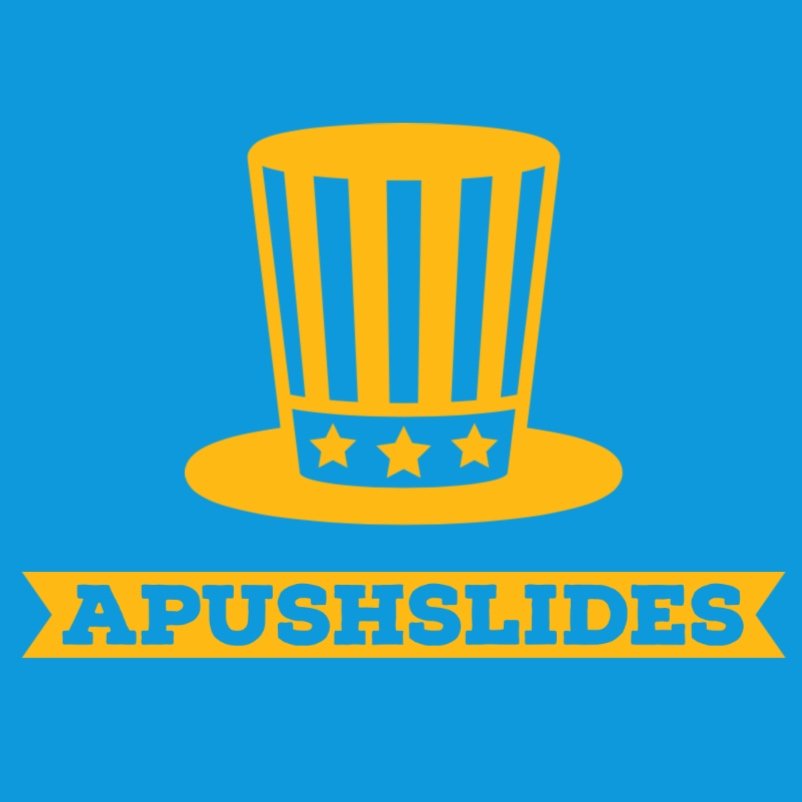Writing Context in an Introduction
When I started teaching AP classes, I had students struggle with providing context in an essay. My instructions were usually vague on what they needed to do to have valid context, so therefore the writing they produced was all over the place. I was taught this method from a previous AP teacher I used to work with, and it has transformed the way that I teach context, while yielding clear historical writing from students.
In short, students write three sentences. The first two are on the previous period, summarizing the theme or topic from the prompt. The third sentence transitions them into the topic of the prompt while giving a generalization on how things have changed or started the same.
Think of each historical period as a chain of islands connected by bridges. You’re walking from the center of one island to the next one. As you walk, the island narrows and approaches a bridge that takes you forward in time. In order to give context you have to describe the island that you are leaving before crossing the bridge into the next set of islands. In each sentence you must accomplish the specific task listed below.
Broad - A summary of the previous period (give a specific time period) which is centered on the topic or theme of the prompt.
Narrow - A definition of a historical term in the previous period, relevant to the topic or theme of the prompt.
Bridge - A transition sentence that summarizes the same topic in the time period the prompt asks about, using words that show a change or continuity.
This might make more sense with a real prompt.
Evaluate the extent to which European competition for land in North America impacted the British Colonies in the years 1607-1754.
The topic of the prompt is pretty self explanatory, but the AP Theme is America in the World. This theme includes anything that has to do with foreign policy or foreign powers interacting in North America. To begin, we should summarize European powers in North America in the previous period (1491-1607):
Prior to 1607, the Spanish dominated exploration and colonization in North America as a result of Columbus’ voyage and their naval dominance in the Atlantic.
You don’t need to include any specific historical terms, though you can allude to them in general terms. The second sentence is the place for the historical term and its definition. Again, it should be relevant to the theme and the summary you gave:
In 1588, the Spanish Armada was defeated by the British led by Sir Francis Drake, ultimately weakening Spanish hegemony at sea.
Remember, only the historical term and its definition, nothing more. Don’t make any claims or conclusions on this sentence based on the evidence you’ve provided. That’s what the last sentence is for:
As a result of the Spanish defeat, other European powers were better able to begin their exploration and colonization efforts in North America, increasing tensions and competition over land.
So here it is all together:
Prior to 1607, the Spanish dominated exploration and colonization in North America as a result of Columbus’ voyage and their naval dominance in the Atlantic. In 1588, the Spanish Armada was defeated by the British led by Sir Francis Drake, ultimately weakening Spanish hegemony at sea. As a result of the Spanish defeat, other European powers were better able to begin their exploration and colonization efforts in North America, increasing tensions and competition over land.
Now you are at a place where you can start a historically defensible claim with a line of reasoning!
As a side note, this prompt came from the notes packet that corresponds to lecture #15. That notes packet has two additional prompts you can use for practice as well as a secondary source analysis activity! The video lecture is embedded below, and you can see the rest of the Period 2 lectures by clicking here!
